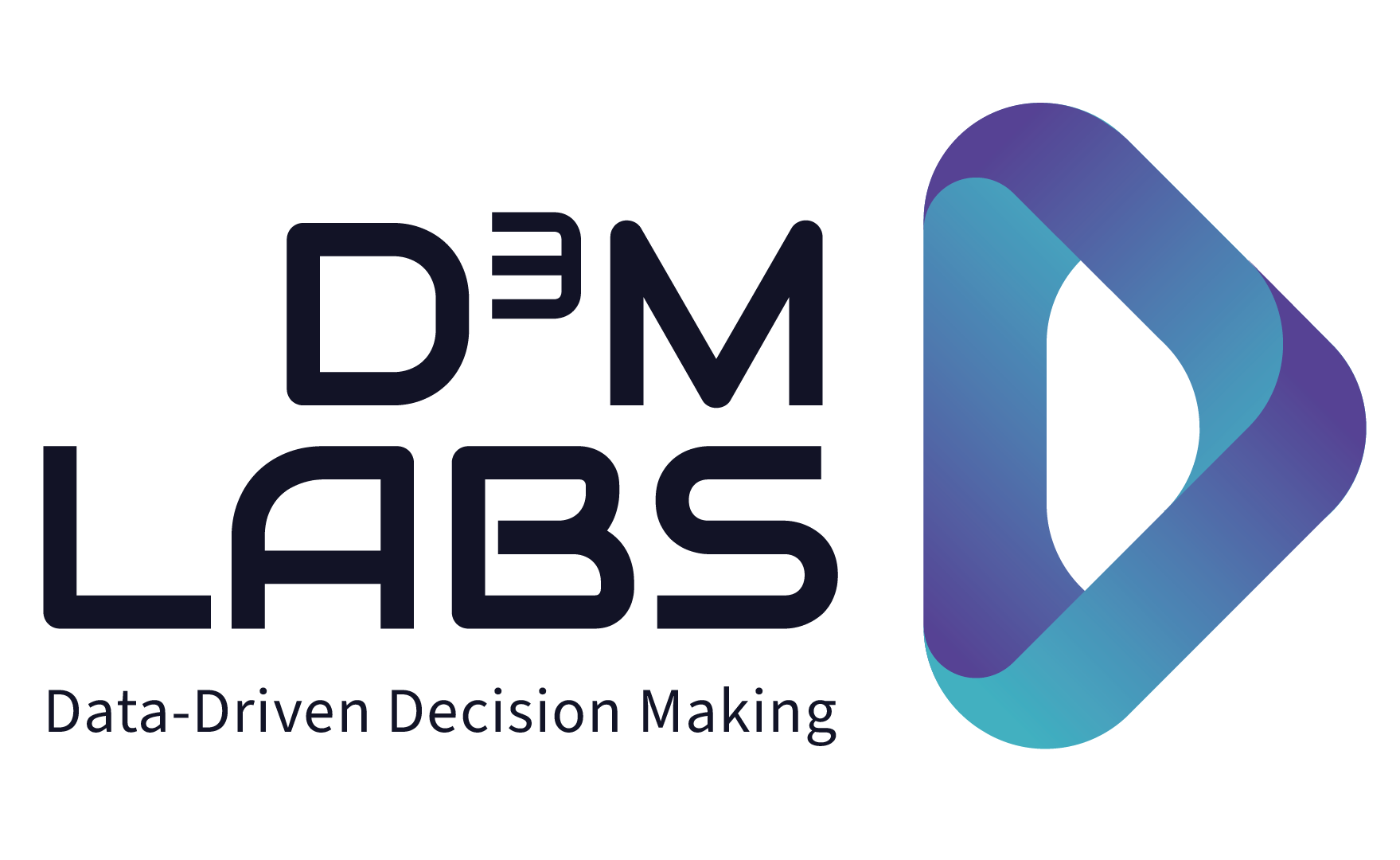Cool tools are often the Data Leader’s (or stakeholder’s) hot tech hookup, ending up in a cold alley with yesterday’s clothes the morning after. Cool tools get purchased, installed, tried out and abandoned for the next promising vendor. And it’s seriously threatening data teams‘ financial and operational viability.
The data blogosphere is filled with posts about cool tools. However, the reality of most data teams often includes overlapping tools, data sprawl and inconsistencies. Ad-hoc purchasing processes and siloed thinking are a few of the organizational limitations prefacing the proliferation of data tools and resulting bloated data stacks, over-run budgets and chaotic operations and inconsistent output.
As a data leader, I was responsible for bringing governance and discipline to tool purchasing, as well as having to bear the consequences of a legacy of poor purchasing decisions. As a Founder of D3M Labs, I speak with vendors regularly about under utilization of their tools and the burden of churn due to bad purchase decisions
Why do data leaders get so easily seduced by cool tools?
How can we prevent procurement from ending up in a boulevard of broken dreams and unrealized projects?
Why do data leaders get so easily seduced by cool tools?
Temptations of Tech Tools:
Data teams are often drawn to the allure of cutting-edge tools that promise to streamline their processes, boost productivity, and unlock invaluable insights. These tools offer enticing functionalities that fuel the data-driven decision-making process. And sometimes the tools are just fun and let the data professionals develop a personal interest. Alas, their widespread adoption often results in a fragmented tool landscape, soaring costs, and potential inefficiencies.
Vendor Courting:
Vendors can hold an enchanting sway over data leaders, deftly wielding their networking magic and captivating with thought leadership content and tantalizing events. Let’s face it. Data leaders love to be wined and dined, we love that our ideas are listened to and our achievements lauded. Succumbing to their charms, data leaders find themselves caught in a whirlwind of new tools, enticed by the promises of enhanced capabilities and unrivaled performance.
Peer Pressure:
Data leaders are often pack animals, despite highly publicized personal branding efforts. Who doesn’t want to present a case study about the tool everybody else is using in front of the data community? Don’t be fooled by the startup backdrop. Following the pack also entails a good deal of personal reputational risk management.
The Cha-Cha Change of Managers:
With every new manager’s arrival in a data team, fresh winds of change blow through the room. Alas, this often means an influx of new tools, aligning with the manager’s preferences or previous experiences. The consequence? A cacophony of redundant tools, overlapping functionalities, and unnecessary expenses.
The Budget Bachata:
Each new tool brought into the data team’s fold comes with its own set of costs. Subscriptions, licenses, maintenance fees, and training expenses pile up, threatening to breach the budgetary boundaries. The love and heart break of Bachata. Without vigilant oversight and evaluation, data teams risk squandering resources on tools that fail to deliver commensurate value.
How can we prevent procurement ending up in a boulevard of broken dreams and unrealized projects?
To triumph over these challenges and avoid tripping over their own feet, sound vendor management is needed:
Meticulous Tool Evaluation:
Engage in meticulous evaluations before embracing new tools. Assess their functionality, cost-effectiveness, integration capabilities, and long-term value to avoid falling for flash-in-the-pan fads.
Harmonious Vendor Consolidation:
Regularly assess the existing tool landscape. Identify redundant or underutilized tools. Seek integrated solutions that elegantly cater to multiple needs, curbing costs and boosting efficiency.
Setting a Steady Evaluation Tempo:
Establish a standardized evaluation criteria to impartially assess potential tools. Such discipline ensures objective decision-making, minimizing biases, and focusing on alignment with team objectives.
Fine-Tuning the Vendor Vibe:
Cultivate an open dialogue with vendors, expertly negotiating pricing, contract terms, and uncovering cost-saving opportunities. Seek long-term partnerships that resonate with your team’s aspirations.
It takes more than two to tango. Stakeholders and finance also need to be involved so that everybody is purchasing and using tools in financial and operational harmony.
Check out part 2: Love’s hangover: The disastrous impact on data engineering teams and what you can do about it. (Coming next week)

